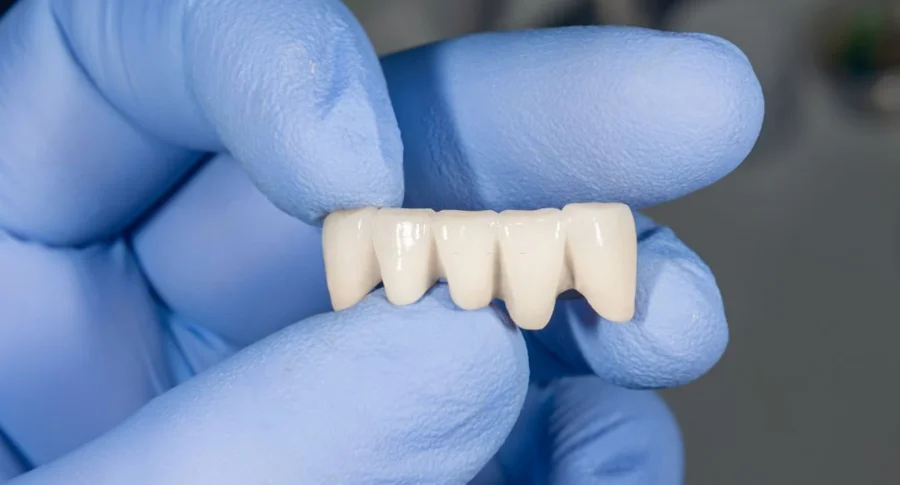Yes, dental bridges can come out in certain circumstances, such as poor oral hygiene, tooth decay, trauma, or normal wear and tear.
But dental bridges are generally designed and are meant to be a permanent solution.
However in some cases dental bridges can come out in certain circumstances, such as tooth decay, trauma, gum disease or improper fitting.
The stability of dental bridges can be affected by several factors, including the type of bridge, the quality of the dental work, the strength of the supporting teeth, and the patient’s oral hygiene habits.
Dental bridges are a popular dental treatment option for tooth loss.
A dental bridge can be considered as a false tooth.
Patients often wonder whether dental bridges can be removed once they are fitted onto the teeth.
Can Dental Bridges Come Out?
The answer to whether dental bridges can come out depends on several factors, including the type of bridge, the quality of the dental work, and the patient’s oral hygiene habits.
Traditional and cantilever bridges are typically not removable, as they are anchored in place by dental crowns that are cemented onto the adjacent natural teeth.
However, in some cases, a dental bridge may come loose or fall out due to decay, trauma, or improper fitting.
Maryland bridges, also known as resin-bonded bridges, are designed to be less invasive than traditional bridges.
They are attached to the adjacent teeth with a metal or porcelain framework, rather than dental crowns, making them easier to remove.
However, like traditional bridges, Maryland bridges can become loose or dislodged if the supporting teeth or gums become weakened or infected.
Factors That Affect The Stability Of Dental Bridges
The stability of dental bridges can be affected by several factors, including:
- The quality of the dental work: A well-fitted and properly cemented bridge is less likely to come out than a poorly made or improperly fitted one.
- The strength of the supporting teeth: Dental bridges rely on the adjacent teeth for support, so if these teeth are weakened or compromised, the bridge may become loose or dislodged.
- The patient’s oral hygiene habits: Good oral hygiene habits, such as brushing and flossing regularly, can help prevent decay and infection that can weaken the supporting teeth or gums.
Take Away
Dental bridges can come out in certain circumstances, such as decay, trauma, or improper fitting.
However, with proper care and maintenance, dental bridges can be a long-lasting and effective solution for replacing missing teeth.
If you’re considering a dental bridge, be sure to discuss your options with your dentist and practice good oral hygiene habits to ensure the best possible outcome.





